How Do Mallard Ducks Mate? Everything You Need to Know!
Last Updated on
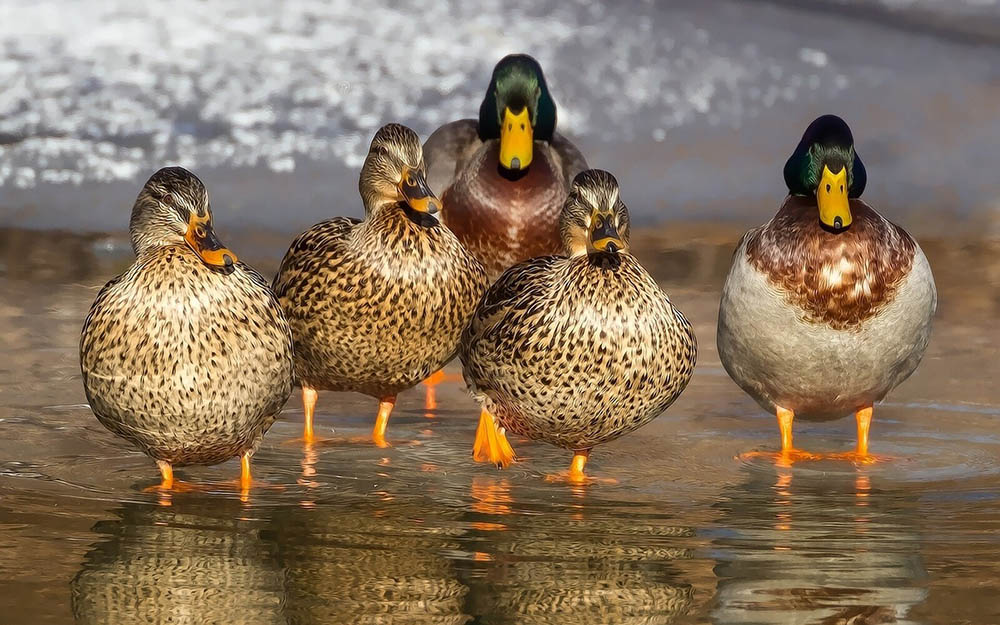
Male and female Mallards begin to pair up in October and nest in March. The couples will stay together during the entire process until the eggs start hatching. What else do you need to know about the Mallard’s mating practices?
You’ll be surprised to learn that the Mallard’s mating cycle is unique to the species, and there is a lot more you need to know. In this article, learn everything you need to know about how Mallard ducks mate.
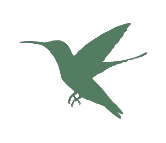
Courtship Begins in the Fall
The mating process begins in the fall. During the months of October and November, males and females will begin courting one another.
In most cases, males will feed the females or rest beside them. While swimming, males and females will rhythmically bob their heads. If you see this head bobbing, it means that the pair have already begun mating.
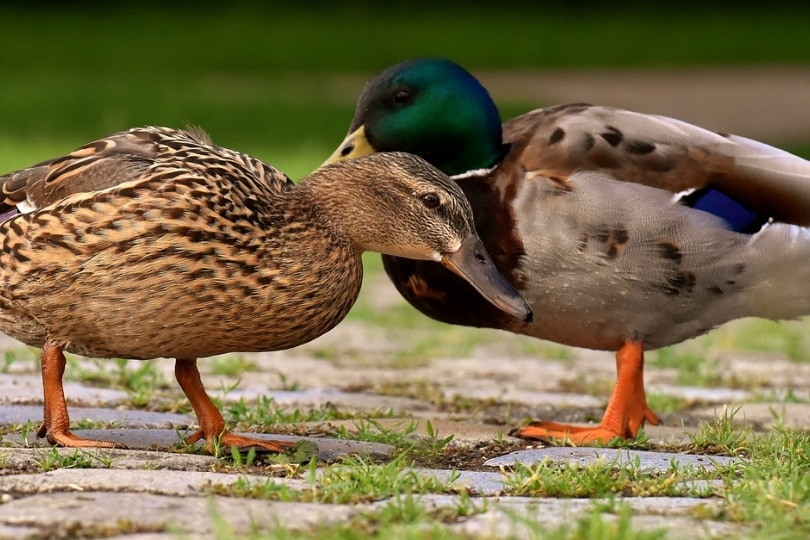
Couples Stay Together During the Winter
Once the couple has begun mating, the males and females will stay together during the winter. If the Mallard lives up north, it will go South with its partner to look for warmer climates. The male and female will work together to feed and stay healthy during the cold weather.
Mallards Are Expert Nesters
Whenever spring begins to roll around, the female Mallard will begin nesting. Mallards prefer to place their nests near water but in natural holes, such as in vegetation or in a tree. By placing the nest by water, the duck will have easy food, but the vegetation will provide protection for the nest.
Mallards have become highly adaptive to the urban world. As a result, Mallards will nest in many areas, including wood piles, boathouses, haystacks, and even rooftops.
Female Mallards will construct their nests from leaves and grasses. Then, the mother will pluck her own breast feathers and line the nest with them.

Eggs Are Laid in the Spring
By mid-March, Mallards will begin laying eggs. This egg-laying process can last all the way to the end of July. The average clutch size is 12 eggs, which are laid in 1–2-day intervals. Every time a new egg is added to the clutch, the female will cover the eggs to protect them from potential predators.
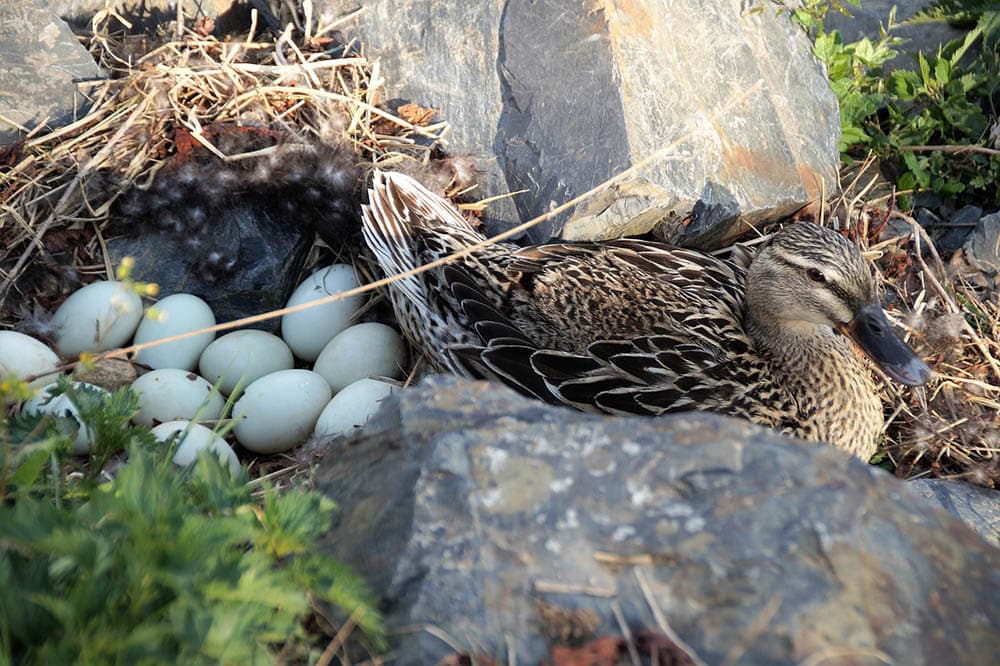
Couples Stay Together While the Eggs Are Incubating
After the eggs are laid, they have to begin incubation. The embryo within the eggs does not start developing until the incubation time. While the female is incubating her eggs, she will spend almost all her time sitting on these eggs. She may only leave for 1–2 hours a day to eat.
Because the female has to spend all of her time incubating the eggs, the male stays with her to protect her and the feeding area. In fact, the female relies heavily on the male Mallard during this time.
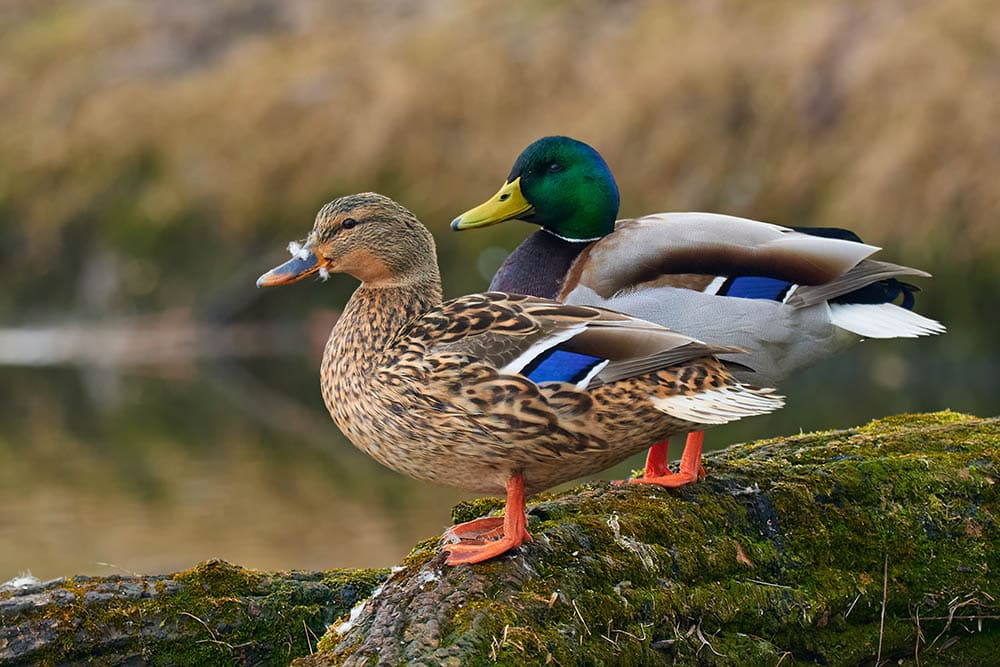
The Males Leave Once the Eggs Hatch
Females will incubate their eggs for about 25–29 days. Once about a month has passed, the eggs will begin hatching, and the male will leave at this point. All the eggs will begin hatching within 12–24 hours of each other. Once all the eggs are hatched, the female is responsible for caring for the young.
Final Thoughts
As you can see, there is a lot that goes into Mallard reproduction and mating. From the intricate courtship to the fierce protection the male provides during incubation, male and female Mallards have specific mating practices that ensure the continuation of the species.
Featured Image Credit: 2554813, Pixabay
About the Author Robert Sparks
Robert’s obsession with all things optical started early in life, when his optician father would bring home prototypes for Robert to play with. Nowadays, Robert is dedicated to helping others find the right optics for their needs. His hobbies include astronomy, astrophysics, and model building. Originally from Newark, NJ, he resides in Santa Fe, New Mexico, where the nighttime skies are filled with glittering stars.
Related Articles:
Can You Use Binoculars to Look At Stars? How to Choose the Right Pair
10 Types of Hummingbirds in Arkansas (With Pictures)
8 Types of Hummingbirds in Nebraska (With Pictures)
5 Types of Hummingbirds in Idaho (With Pictures)
3 Types of Hummingbirds in Mississippi (With Pictures)
8 Types of Hummingbirds in Kansas (With Pictures)
5 Types of Hummingbirds in West Virginia (With Pictures)
5 Types of Hummingbirds in Ohio (With Pictures)
